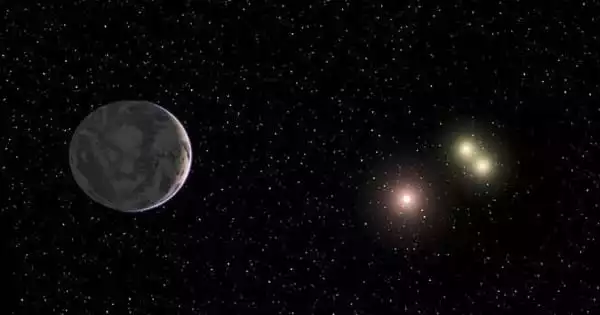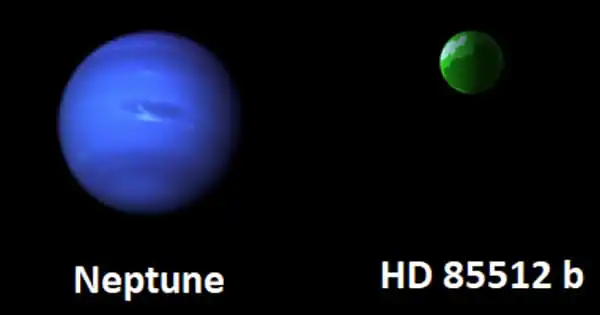16 Cygni Bb, also known as HD 186427 b, is an extrasolar planet located 69 light-years away in the constellation Cygnus. It is a gas giant exoplanet that revolves around a G-type star. In 1996, scientists discovered a planet orbiting the Sun-like star 16 Cygni B, one of two solar-mass (M☉) components of the triple star system 16 Cygni. It has a mass of 1.78 Jupiters, takes 2.2 years to complete one orbit around its star, and is 1.66 AU away from it. It orbits its star once every 799 days and was the first eccentric Jupiter and planet discovered in a double star system. Lithium is abundant on the planet.
It revolves around a star that is nearly the same size as the Sun. It revolves around a star that is nearly the same size as the Sun. On average, it is within the habitable zone, which means that it is neither too hot nor too cold for Earthlike life.
Discovery
In 1996, it was announced that it had been discovered. The discovery of a planetary-mass companion to the star 16 Cygni B, with a mass at least 1.68 times that of Jupiter, was announced in October 1996. (MJ). It had the highest orbital eccentricity of any known planet at the time. The radial velocity of the star was measured to make the discovery.

Because the orbit’s inclination cannot be directly measured, and no dynamic model of the system was published at the time, only a lower limit on the mass could be determined. The planet’s orbit, unlike the planets in our solar system, is highly elliptical, with distances ranging from 0.54 AU at periastron to 2.8 AU at apastron. This high eccentricity may have resulted from tidal interactions in the binary star system, and the planet’s orbit may have fluctuated chaotically between low and high-eccentricity states over tens of millions of years.
Physical characteristics
Because the planet was only discovered indirectly through measurements of its parent star, its radius, composition, and temperature are unknown. A 2012 mathematical study found that a mass of about 2.4 MJ would be the most stable in this system. This would turn the body into a true planet.
Because of the planet’s highly eccentric orbit, it would experience extreme seasonal effects. Despite this, simulations indicate that an Earth-like moon, if formed in such a close orbit to the parent star, would be able to support liquid water on its surface for a portion of the year.
















